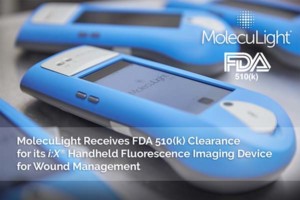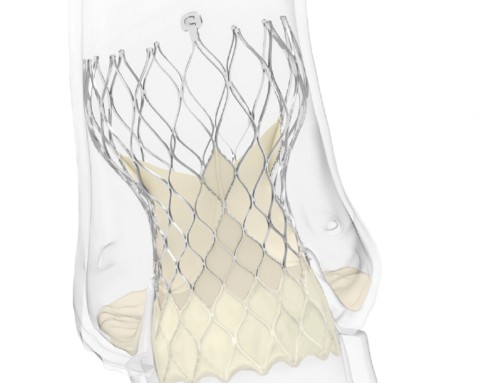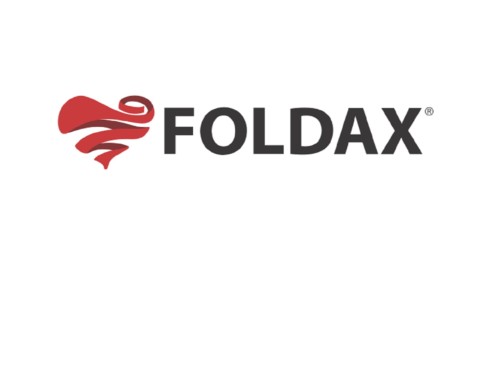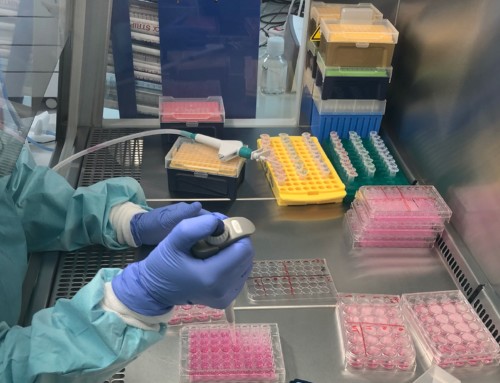
i:X
MolecuLight has received FDA 510(k) clearance for its i:X handheld fluorescence imaging device for use in the detection of wounds containing bacteria. This FDA 510(k) clearance is an expansion of the original de novo clearance for the MolecuLight i:X platform, which was granted 14 August 2018. A press release reports that the MolecuLight i:X enables real time point-of-care visualisation of fluorescence in wounds and measures wounds and digitally records all images and area measurements.
According to the press release, the i:X’s fluorescence image, when used in combination with clinical signs and symptoms (CSS), has been shown to increase the likelihood that clinicians can identify wounds containing bacterial loads of >104 CFU/g as compared to examination of CSS alone. In addition to the 510(k), the MolecuLight i:X also has CE marking allowing for its sale in Europe and is approved by Health Canada for sale in Canada.
As part of the cleared 510(k) application, results from a 350 patient, 14 site and 20-clinician clinical trial were submitted to the FDA. This clinical trial demonstrated a three-fold increase in both sensitivity and diagnostic odds ratio in the number of wounds detected as having a bacterial load of >104 CFU/g by use of the MolecuLight i:X in combination with CSS over CSS alone. This significant increase in sensitivity was observed consistently across clinical study sites, participating clinicians, wound types and wound sizes. The three-fold increase in diagnostic odds ratio, measuring the overall effectiveness of diagnostic tests, was confirmed via microbiology.
Anil Amlani, MolecuLight’s CEO, says: “The granting of our 510(k) clearance by the FDA for the i:X handheld fluorescence imaging device is very exciting and is a further validation of the growing clinical evidence supporting the utility of our imaging platform. Bacteria at loads of 104 CFU/g have been shown to delay wound healing, resulting in poor patient quality of life and high wound care costs worldwide. Identifying wounds with bacterial loads of >104 CFU/g at the point-of-care enables the clinician using the MolecuLight i:X to provide more appropriate, targeted treatment. Our clinical study results demonstrate that the i:X used in combination with CSS significantly increases the ability of clinicians to identify wounds with the presence of these bacterial loads when compared with wound assessment based on CSS.”





